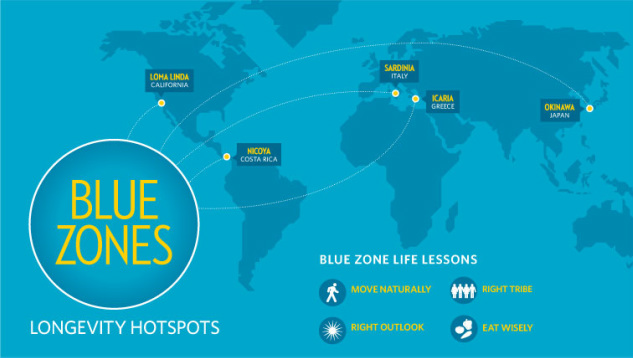|
By Jenelle Croatto APD
Today we are constantly exposed to an array of nutritional messages, often conflicting at times, which tell us how we should or should not be eating. Just when we thought we were getting it right, out comes a new study or train of thought to confuse us all the more. It is no wonder that most of us feel like throwing our hands up and deciding to eat whatever we please. As a dietitian I have seen an array of fads and diets come and go, only for it all to be repeated...does this also remind you of the fashion world? I will breathe a sigh of relief when us humans can form a lasting and healthy relationship with food. Once we understand a few basic principles, food and eating can become a pleasure in our lives and all unnecessary thinking (and at times obsession) can be removed. Is there one particular diet that we should follow? No. There are many. Nor is there one superfood which can elevate our health and similarly there is no one food group that we should abandon in the pursuit of good health. Our dietary patterns have been shaped around our culture, personal preferences, ethical beliefs, genetics and geographical locations (the Nordic people certainly never ate the hailed South American Inca berry). What is known though is that all sound eating patterns that result in good health have a few commonalities. Around the world there are pockets of people who have lived longer and more fulfilling lives than anywhere else on the planet. These longevity hotspots are known as ‘Blue Zones’, a term first described in Dan Buettner’s book, “The Blue Zones: Lessons for Living Longer from people who have lived the longest”. Communities living with these Blue Zones share a number of characteristics which enable many to live well beyond their 100th year. These Blue Zone areas can be found in Okinawa (Japan), Sardinia (Italy), Ikaria (Greece), Nicoya Peninsula (Costa Rica) and the Seventh Day Adventist Community in Loma Linda (California) So what exactly are these communities doing that bring about good health, vitality and a satisfying life? 1. To begin with they eat mostly unprocessed plant foods that are close to nature. Meat is eaten sparingly and there is a focus on seasonal fruit and vegetables, wholegrains, legumes, nuts and seeds. Dairy and gluten containing foods feature in their diet, whereas processed fast foods rarely make an appearance. Beverages such as tea, coffee and alcohol are typically consumed each day, however, overindulgence isn’t seen. Interestingly, between the various Blue Zone populations there is a variety in their dietary patterns which further illustrates that there is more than one way to eat a balanced diet. For example the Okinawans rely more on tofu for protein, whereas the Sardinian diet includes more fish, however, beans and legumes are abundant across each Blue Zone. A clear message that we can learn, is that these communities lived a healthy life despite not knowing the calorie content of a particular food or by cutting out the diet demon of the month. They are not preoccupied with labelling food as either ‘good’ or ‘bad’ as they understand that balance is everything. 2. The Okinawans in Japan regularly practice the Confucian teaching of ‘Hara Hachi Bu’ which roughly translates to ‘eat until you are 80 percent full’. When we finish a meal we want to feel satisfied and not filled to the brim. By spacing your meals throughout the day, not allowing yourself to become too hungry before eating (often the cause of overeating) and eating with awareness and appreciation you will be well on your way practicing this teaching. 3. People of all ages within these communities are socially active and are an integral part of their community, no matter how young or old. Strong community values are shown in the way they place such an importance on family and other relationships. Belonging is felt by all and people of all ages are respected. Today it is all too common for us to stick to our own social circles and it isn’t surprising that most of us don’t even know the names of our neighbours, let alone acknowledge them. 4. Each of these Blue Zone communities tend to be more physically active than the rest of us. They are less likely to have a gym membership or run a marathon, instead they live a life that is more active on the whole and lead less sedentary lives without necessarily thinking about it. They live in close knit places where they can walk to visit a friend or their local grocery stall. They tend to their garden and make time for relaxing activities such as Tai Chi. These communities understand what it means to ‘live’. They are not burnt out by the time they reach fifty years of age; instead they are likely to be eagerly awaiting the next fifty. Each stage of life is accepted, embraced and they remain purposefully engaged throughout their entire life. Buon Appetito
0 Comments
|
News FEEDFitness, Energy, Education & Diet Archives
June 2020
Categories
All
|

 RSS Feed
RSS Feed